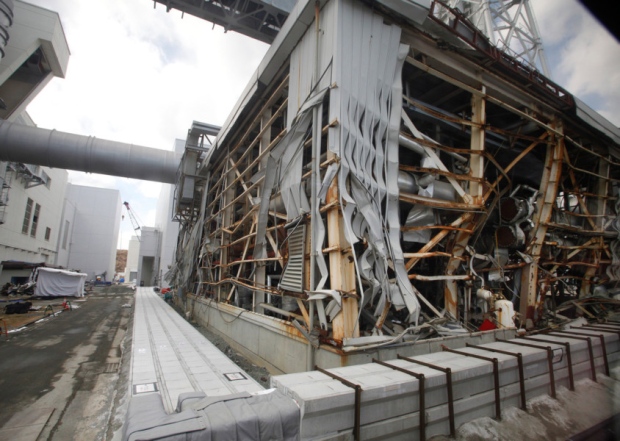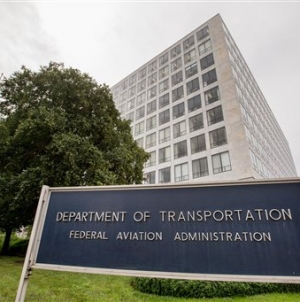-
Tips for becoming a good boxer - November 6, 2020
-
7 expert tips for making your hens night a memorable one - November 6, 2020
-
5 reasons to host your Christmas party on a cruise boat - November 6, 2020
-
What to do when you’re charged with a crime - November 6, 2020
-
Should you get one or multiple dogs? Here’s all you need to know - November 3, 2020
-
A Guide: How to Build Your Very Own Magic Mirror - February 14, 2019
-
Our Top Inspirational Baseball Stars - November 24, 2018
-
Five Tech Tools That Will Help You Turn Your Blog into a Business - November 24, 2018
-
How to Indulge on Vacation without Expanding Your Waist - November 9, 2018
-
5 Strategies for Businesses to Appeal to Today’s Increasingly Mobile-Crazed Customers - November 9, 2018
Japan restarts nuclear reactor more than four years after Fukushima disaster
At the Sendai plant, Kyushu Electric expects to have power supply flowing within a few days if all goes to plan.
Advertisement
Four years after the natural disaster that rocked Japan that caused tsunami and the closure of all the country’s nuclear plants, Tokyo backpedaled on Tuesday.
Police officers and security guards stand Tuesday in front of the main gate to the the Sendai Nuclear Power Station in Satsumasendai, Japan.
On Tuesday, workers at the two-reactor Sendai plant in Kagoshima Prefecture pulled out the control rods that have been suppressing nuclear fission, and reactivated the No. 1 reactor for the first time since May 2011, when it was taken offline for mandatory regular checkups.
“This is a hugely important step which sets the country firmly on the path to restoring its trade balance and regaining energy independence, as well as reducing emissions” continued Rising. Utility companies, meanwhile, face mounting costs from keeping nuclear plants idle. “I think that the government understands and acknowledges the climate goal and tries to make its target consistent with it, but industrial and economic criteria such as lowering electricity costs are given higher priority”, says Seita Emori, who heads a climate risk-assessment team at Japan’s National Institute for Environmental Studies in Tsukuba. The head of Japan’s atomic watchdog said that the new safety regime meant a repeat of the Fukushima disaster would not happen, but protesters outside the Sendai plant are not convinced. “And certainly not all the necessary precautions for such accidents have been taken here”. Some has leaked outside and into the sea.
Removal of melted fuel from the three reactors – the most challenging part of the 30- to 40-year cleanup – will not begin until 2022.
Japan’s 126 million people live smack on the Pacific “Ring of Fire”, a seismically active region studded with volcanos and riven with major geologic faults. Japan invested heavily in its nuclear power program and many communities rely on tax revenues and jobs associated with the plants.
The government of Prime Minister Shinzo Abe is keen to get some of about four dozen reactors back up and running.
But locals successfully petitioned the court in Fukui Prefecture, where the plant is located, to block the move, raising concerns about whether the reactors would survive a strong quake.
To burn enough plutonium, Japan needs to restart as many as 18 reactors.
All of Japan’s 48 commercial reactor units were shut down for safety checks and upgrades following the 2011 accident, and 25 plants have applied to be restarted under the new safety standards.The reactors at Sendai are M-type pressurized water reactors built by Mitsubishi Heavy Industries. It is expected to start generating power by Friday and will reach full capacity next month.
The plant’s second reactor could be restarted in October, he added.
Other skeptics point to the potential problems of restarting reactors that have been inactive for years. Two others are under construction.
The New York Times reports that despite the change in policy, many Japanese are in favor of permanent closure of the nuclear plants, according to survey results.
Environment group Greenpeace believes only between two and eight percent of electricity will be nuclear by then, because of technical issues and widespread public opposition to the industry. Japan had planned to increase its nuclear power to over 40% because the country has nearly no domestic energy resources.
“A nuclear accident has occurred, regardless of what they have said”. If you would like to discuss another topic, look for a relevant article.
Stay on topic – This helps keep the thread focused on the discussion at hand.
Advertisement
Be proactive – Use the “Flag as Inappropriate” link at the upper right corner of each comment to let us know of abusive posts.





























